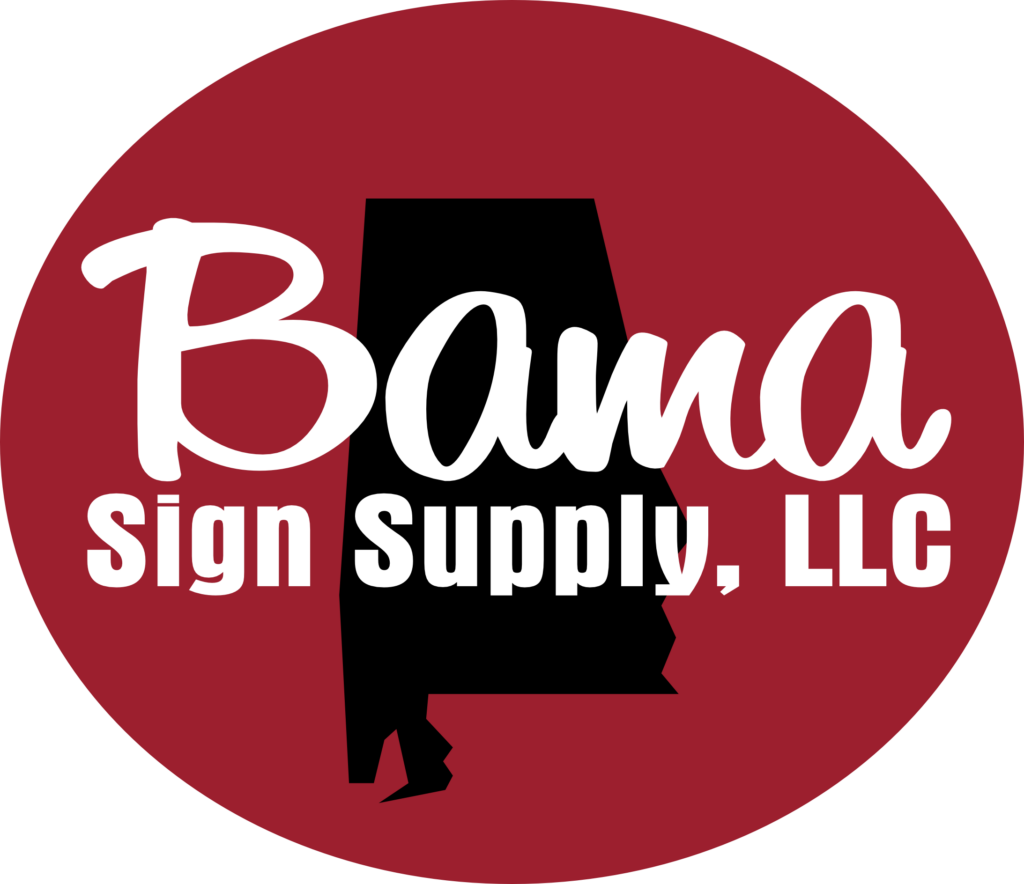Choosing the Perfect Substrates for Your Unique Sign-Making Projects
When it comes to creating impactful and visually appealing signs, choosing the right substrate is crucial. The substrate, or the material on which the sign is printed or mounted, plays a fundamental role in the overall look, durability, and performance of the sign. With a wide range of substrates available, it can be overwhelming to select the perfect one for your unique sign-making projects. In this blog post, we will explore the key factors to consider when choosing substrates and provide insights into selecting the ideal materials for your specific signage needs.
1. Understand Your Sign’s Purpose and Environment
Before selecting a substrate, it’s essential to understand the purpose of the sign and the environment in which it will be displayed. Is the sign intended for indoor or outdoor use? Will it be exposed to harsh weather conditions, UV rays, or high-traffic areas? Understanding these factors will help you determine the level of durability and weather resistance required for the substrate.
2. Consider the Printing Method
The printing method used for creating the sign also impacts the choice of substrate. Whether you opt for digital printing, screen printing, or traditional signage techniques, each method may require specific substrates to achieve the desired results. For instance, digital printing often works well with materials like vinyl, acrylic, or coroplast, while screen printing may be suited for wood, metal, or glass substrates.
3. Assess the Visual Impact and Aesthetics
The substrate you choose can significantly impact the visual appeal of the sign. Different materials offer varying textures, finishes, and color reproduction capabilities. For instance, if you’re aiming for vibrant and eye-catching graphics, materials like aluminum composite panels or PVC foam board may be suitable. On the other hand, for a more rustic or natural look, wood, stone, or bamboo substrates could be the ideal choice.
4. Focus on Durability and Longevity
Durability is a critical consideration, especially for outdoor signage or signs placed in high-traffic areas. Weather-resistant materials such as aluminum, Dibond, or high-density polyethylene (HDPE) are excellent choices for outdoor signs, as they offer longevity and resistance to fading, warping, or damage from environmental factors.
5. Budget and Cost Considerations
While selecting the perfect substrate for your sign, it’s essential to consider your budget and the overall cost of the project. Some substrates may be more cost-effective for short-term use, while others may require a higher initial investment but offer long-term durability and value. Balancing the cost with the desired longevity and visual impact is key to making an informed decision.
6. Environmental and Sustainability Factors
In today’s environmentally conscious world, the sustainability of the substrate should also be taken into account. Look for eco-friendly options such as recycled materials, biodegradable substrates, or those with low environmental impact. Not only does this showcase your commitment to sustainability, but it also aligns with the values of many consumers and businesses.
7. Seek Expert Advice and Samples
Finally, don’t hesitate to seek advice from industry professionals and request substrate samples to test and evaluate. Many suppliers and manufacturers offer sample kits that allow you to compare different materials and assess their suitability for your specific sign-making projects.
In conclusion, choosing the perfect substrates for your unique sign-making projects requires careful consideration of the sign’s purpose, printing method, visual impact, durability, budget, sustainability, and expert advice. By understanding these factors and selecting the right materials, you can ensure that your signs not only convey your message effectively but also stand the test of time in any environment.
